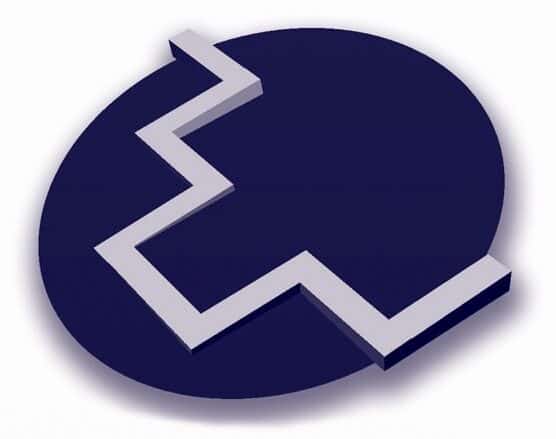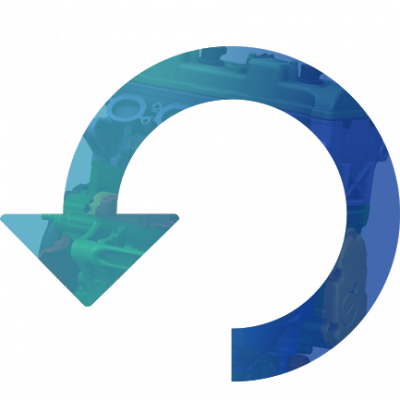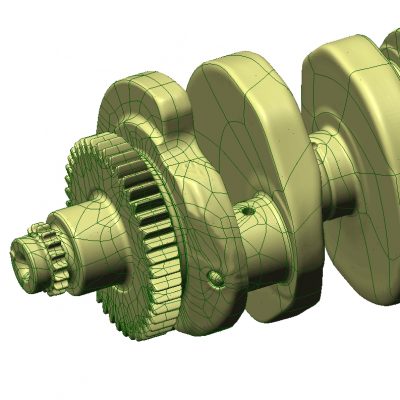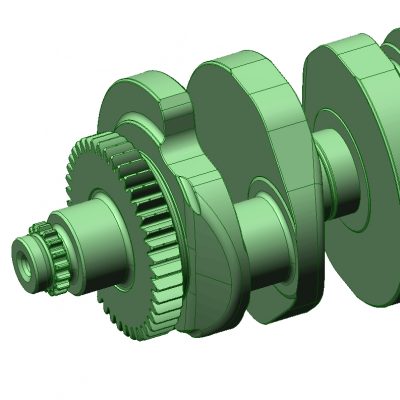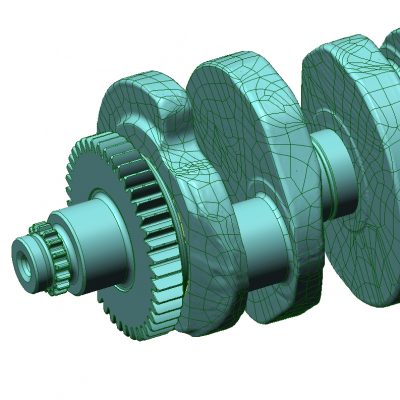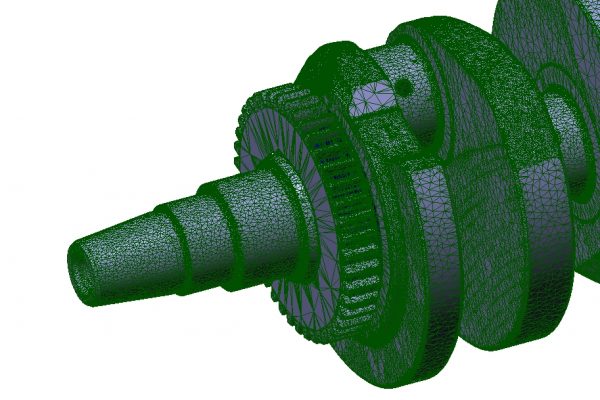
Mesh Only
The mesh is closest to the original scan data and represents the object which has been measured most accurately. This is useful if the data needs to be used as is. With the advent of 3D printing a pathway straight from scanner to manufacturing exist. Although meshes are typically not well suited to be manipulated in traditional 3D CAD systems, dedicated software for mesh manipulation has made is possible to forgo CAD and make changes were needed.
